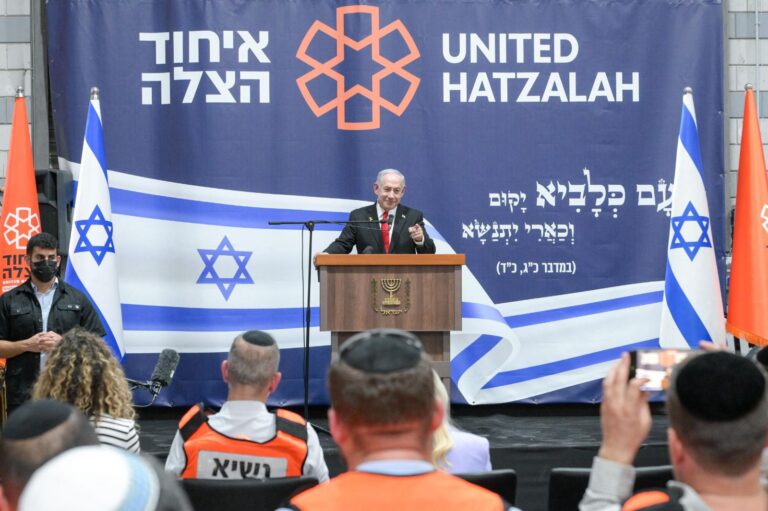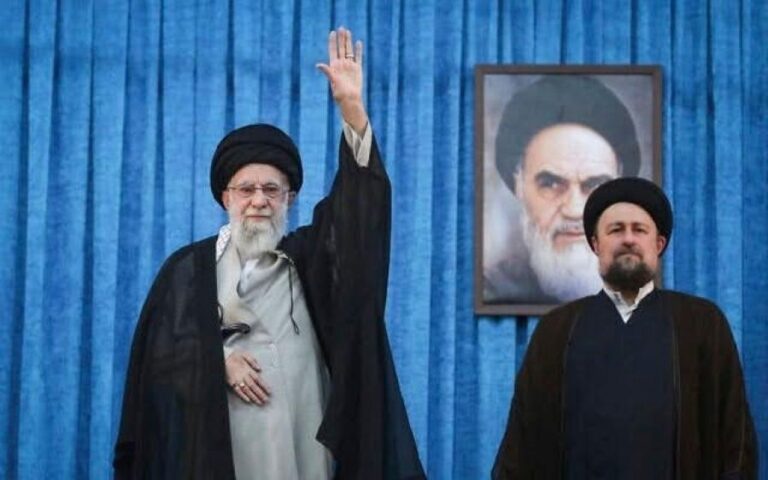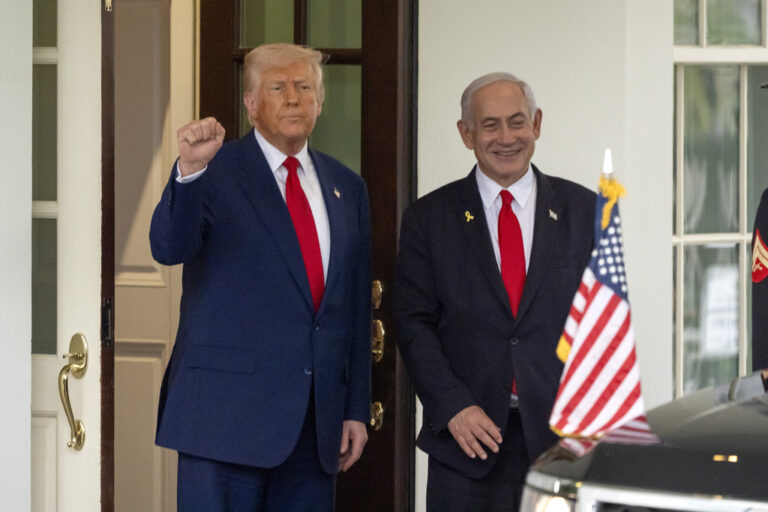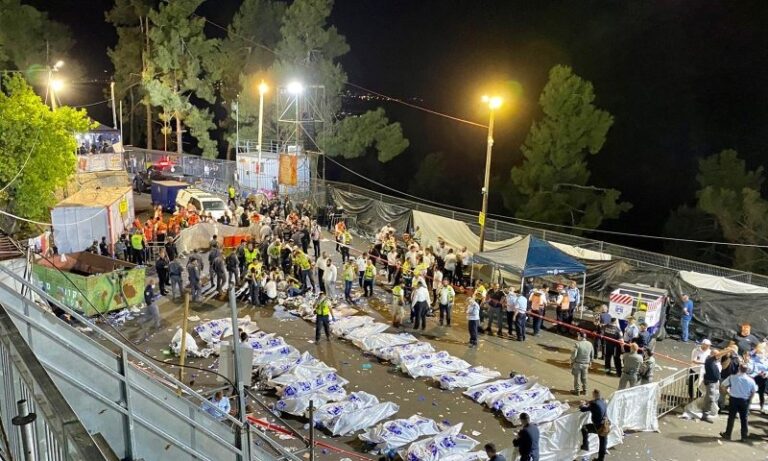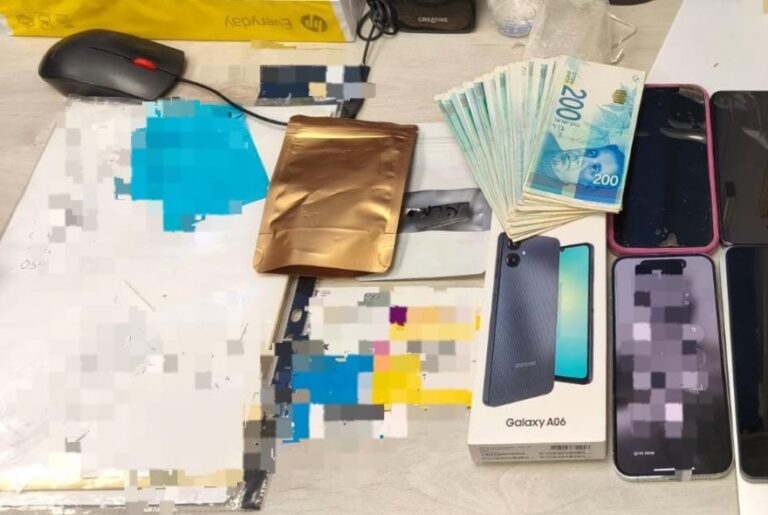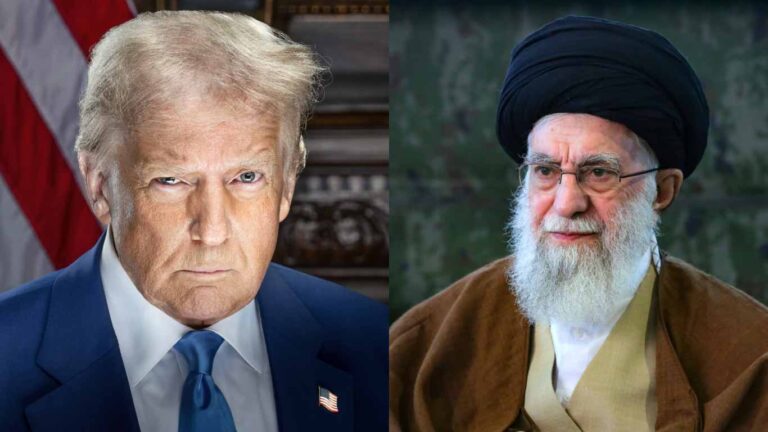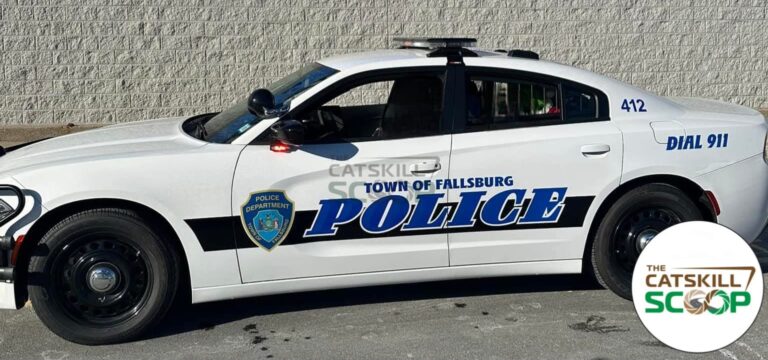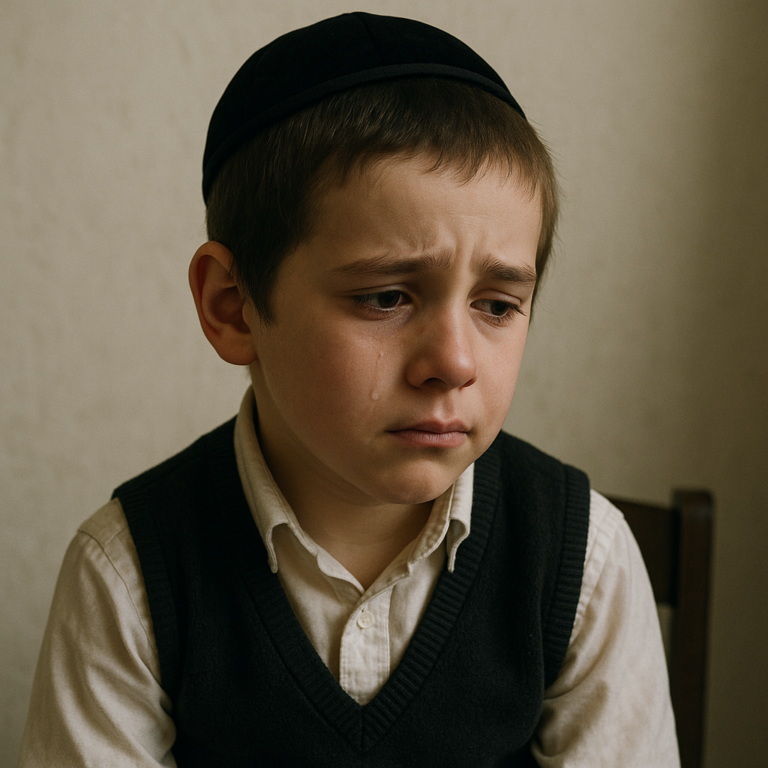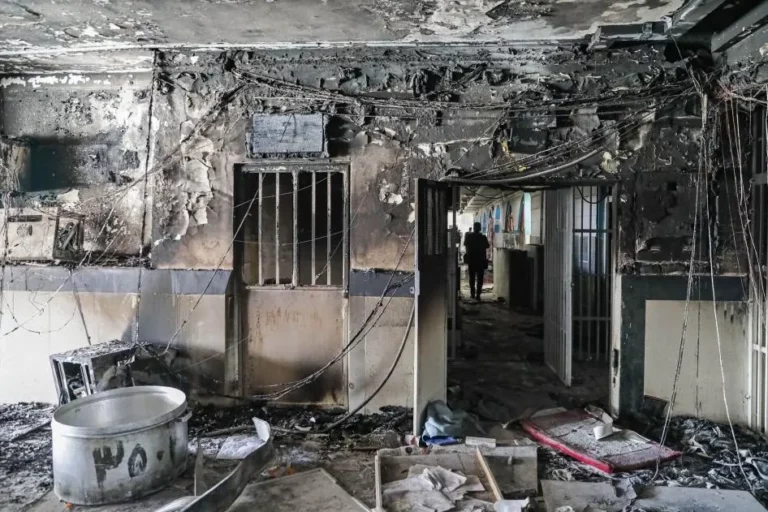 Dear Mayor de Blasio,
Dear Mayor de Blasio,
I submit this letter in anticipation of my retirement, which becomes effective at midnight on Sunday, September 18, 2016.
Serving as police commissioner during your administration has been one of the great honors of my life, and as I tender this resignation I also tender my thanks. In leading six different police departments across the country in the past 35 years, I have never been better resourced or more fully supported by any mayor. From equipment, to training, to technology, to policy, to the first substantive headcount expansion in more than a decade, you have stood by the NYPD and made much of what we have accomplished possible.
Thanks are also due to the people of New York and the cops of the NYPD. Working together in partnership in our neighborhood-based policing initiatives, they are forging the way forward in crime fighting and collaboration. Public safety is a shared responsibility, but police will always carry the larger burden. It is impossible to quantify the many acts of bravery, kindness, and concern that our officers perform each day, but I am deeply grateful for their acts and for the privilege of working beside them for the past 33 months.
Those months have not been free from tragedy. We lost five officers in the line of duty and one overseas during my tenure, a steep and painful cost. We faced crisis and challenge, most notably the great unrest during the winter of 2014/2015. Our officers’ restrained management of those protests showed the nation what a professional police department can do.
Our core reform is the Neighborhood Policing Plan, a fundamental redesign of the way our precincts and police service areas conduct patrol. Under this plan, the precincts have been re-sectored to reflect neighborhood boundaries, and each sector is patrolled by a team of officers, who work that sector exclusively. We have established a new position, neighborhood coordination officer (NCO), to work closely with the residents and businesses, with two NCOs permanently assigned to each sector.
By October 2016, the Neighborhood Policing Plan will be in place in more than half of the patrol precincts and all of the Housing PSAs. By dedicating more resources to communities and responding to their needs, we are bringing the cops and the citizens of New York City closer together, with substantial benefits for both crime fighting and quality of life. None of this would have been possible without your decision to add nearly 1,300 officers to our department.
In the first two years of your term, index crime decreased 5.7 percent and has gone down 2.5 percent so far this year. Your years in office have seen the lowest murder total since 1957 and the fewest robberies, burglaries, and auto thefts since the mid-1960s.
Even as crime continues to drop, arrests, criminal summonses, and Terry stops are all down as well, and by very considerable margins. Precision policing has achieved results that exceed anything obtained by over-reliance on street stops and indiscriminate enforcement. It fulfilled the vision you and I shared: that we could maintain safety in our city with far fewer interventions on the street.
Officer safety is paramount, and we are giving our cops the most up-to-date tools: lighter and more protective vests, stronger pepper spray in better canisters, upgraded escape hoods, smaller and brighter flashlights, trauma kits to carry on their belts, and enhanced ballistic protection in our vehicles.
Today’s NYPD is undergoing a transformative technological change. As of March 2016, every officer has been given a smartphone and more than 2,000 vehicles have been equipped with tablets. We are also developing new software and building a high-speed data network to connect all of our facilities. No police department in America is doing so much in terms of qualitative and quantitative technology upgrades.
Training has also been transformed. Previously, our newest, least experienced cops often were not as well-guided as they ought to have been. Under our new training model, recruits in the Academy receive a field-training component, and then, after graduation, they spend six months as rookie cops with dedicated field-training officers, or FTOs. These FTOs help new cops develop the fundamental skills that are essential to modern policing. Three days of in-service training for veteran officers covers ethics, de-escalation, tactics, and the nobility of policing. Given annually, these three days update our officers’ skills and keeps them abreast of the changing world of law enforcement.
For the first time in the history of the NYPD, we are modernizing our facilities throughout the Department—our headquarters, training facilities, precincts, and other buildings. The Precinct Enhancement Program is reducing clutter, fixing broken equipment, and thoroughly cleaning each patrol precinct, housing police-service area, and transit district facility.
We have reorganized our investigative units, which were previously divided between the Detective Bureau and the Organized Crime Control Bureau, into the new Unified Investigations model. All of these units now report to the Chief of Detectives, which allows for more thorough, more focused, and better-coordinated investigations by our detectives.
We have launched a variety of new units within the NYPD, rearranged existing functions, and developed entirely new capabilities, as noted below:
Strategic Response Group: A consolidation of eight patrol borough task forces into a unified command, this unit is better staffed, equipped, and trained than its predecessors, allowing for more efficient mobilizations, disorder control, and targeted crime suppression.
Critical Response Command: A dedicated unit for site protection and counterterror response, the CRC has over 500 dedicated officers, all with specialized counterterrorism and active-shooter training.
Force Investigation Division: The new division handles all aspects of officer-involved shootings and other critical use-of-force cases.
Grand Larceny Division: The new division conducts pattern investigations of grand larcenies, as has long been done with burglary and robbery patterns. Grand larcenies now account for 40 percent of major crimes in the city, and 70 percent in Manhattan South.
Gun Violence Suppression Division: This division assigns dedicated staff to investigate and enhance all gun arrests through successful prosecutions, to counter gun trafficking, and to conduct long-term investigations of violent gangs and crews.
Risk Management Bureau: The new bureau works closely with our oversight entities to evaluate compliance and misconduct, and to improve training.
Strategic Communications: This new office puts our editorial, graphics, video, social media, and internal and external marketing capabilities under one roof to coordinate and amplify our message of positive change in the Department.
Animal Cruelty Investigation Squad: This new sub-unit of the Detective Bureau’s Special Victims Squad coordinates, investigates, and assists with complaints of animal cruelty.
Police Action Litigation Section: This section of the Legal Bureau, strengthens our defense against frivolous lawsuits and provides our cops with better information on cases that involve them.
You have left all of these initiatives in the best possible hands by appointing Jim O’Neill as my successor. I am confident that you will have as productive a collaboration with Jim as you have had with me.
Thank you again for the extraordinary privilege and opportunity to serve you and the citizens of New York and, for the second time, to serve proudly alongside the greatest cops on Earth. The men and women of the NYPD are truly New York’s Finest.
All the best,
William J. Bratton
(YWN Desk – NYC)

